20+ Years Experience
Specialist Telehandler Hire
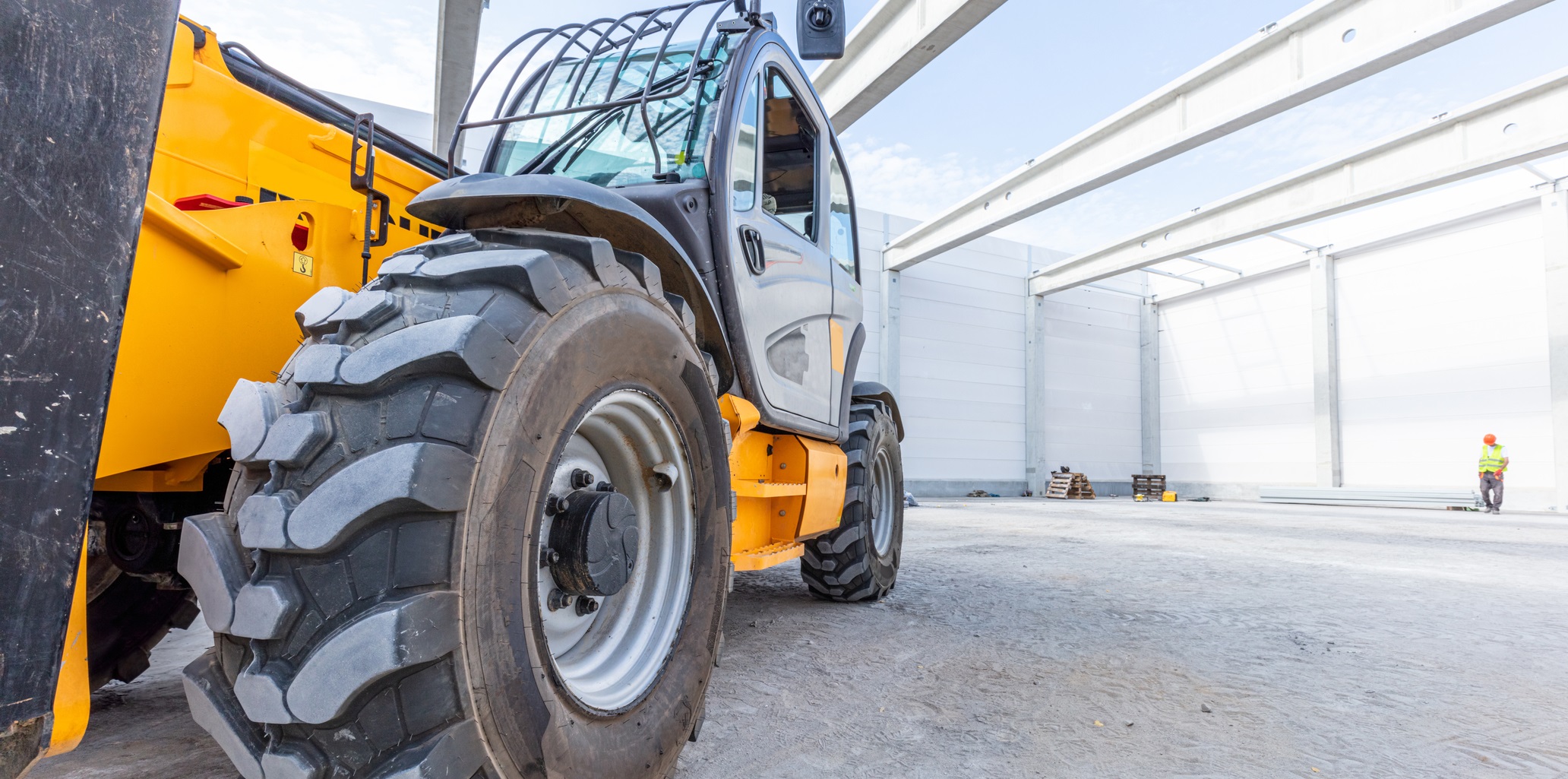
Enquire Today For A Free No Obligation Quote
Ever since the first commercially available telehandlers were introduced in 1956, they have become a pivotal piece of equipment in the warehouse and logistics industry. With the capability to reach extraordinary heights and undertake rough terrain, telehandlers have become the perfect blend of forklift, crane, and lifting device, transforming the way industrial sites move goods.
Today, these powerful machines are revolutionising warehouse and logistics operations, streamlining processes and enabling businesses to quickly and safely move materials from point A to point B. From streamlining materials loading to saving precious time on the job, telehandlers offer a wide array of advantages to warehousing, logistics, and distribution operations. In this blog post, let’s dive deeper into some of the ways in which telehandlers are revolutionising the world of warehouse and logistics operations.
Telehandlers are an essential tool for warehouse and logistics operations. They are capable of performing a wide-range of tasks from material handling and lifting, to loading, unloading, and stacking.
A telehandler, also referred to as a boom or telescopic handler, is a type of lift truck that has the ability to extend up and away from its base. It operates on both tyres and tracks depending on the terrain it is working on, and features a motorised main mast that can move forward and backward with the use of hydraulic arms. The main mast is capable of permanently rotating around a vertical axis, allowing for the operation of several attachments, such as buckets or lifting platforms.
Telehandlers are machines that offer powerful performance but require drivers and operators to be properly trained in order to handle them safely. Proponents claim that their flexibility makes them an ideal tool for warehouse and logistics operations, provided they’re outfitted with the right attachments. Critics however point out that due to their mechanical complexity they can be expensive to maintain over time, while their weight can damage warehouse floors more quickly than typical forklifts.
No matter where you stand on the debate, one this is clear: telehandlers offer unparalleled speed and precision when used in logistic operations. In the next section we’ll explore some of the benefits of utilising a this flexible machine.
Telehandlers offer a wide range of potential benefits to warehouse and logistics operations. Perhaps the most important is the versatility they can provide in moving and lifting materials quickly, precisely, and safely. With the ability to reach areas up to 44 feet high, access narrow aisles, and feature detachable attachments for various tasks, telehandlers are becoming a critical element in supply chain operations. Telehandlers can handle a variety of loads from palletized goods to large and oddly shaped items that require fragile handling. They can also be used indoors or outdoors and operate on rough terrain.
Since telehandlers use hydraulics to power their various functions such as lifting to move and carry materials, they not only save operators time but also eliminate manual labour which increases safety when compared with personnel-powered forklifts. As telehandlers are an increasingly popular piece of equipment in logistics operations, some argue that the cost saved by eliminating the manual process makes them an overall cost-effective choice versus traditional forklifts which require additional personnel to complete the same task.
On the other hand, some believe that the return on investment may not be worth it due the flagging oil prices early in 2020 which has decreased the cost of fuel among other energy sources. Additionally, telehandlers typically have a shorter cycle life than dedicated lift trucks, meaning repair costs could add up over time if frequent servicing is required.
Overall however, there are many potential benefits of using telehandlers including increased efficiency, improved safety, greater functionality and versatility, and expanded capacity for carrying heavier loads within challenging operating environments. In keeping with these advantages, let’s now turn our attention to how telehandlers are effectively increasing lifting capacity within warehouse and logistics operations.
Telehandlers are becoming increasingly popular in warehouse and logistics operations because of their ability to quickly, precisely, and safely move, lift and carry materials in challenging operating environments. Benefits of using telehandlers include increased efficiency, improved safety and greater functionality and versatility. However, there are some drawbacks to using telehandlers given the flagging oil prices and potential for higher repair costs. Despite this, the potential advantages make telehandlers an attractive choice for warehouses and supply chains.
Telehandlers are revolutionising warehouse and logistics operations by providing a huge boost in loading and unloading capacity. These versatile machines can lift up to 3000 kg with astonishing ease, allowing operators to easily move heavier loads more quickly and safely than ever before. This increased capacity for lifting could mean decreased labour costs, faster turnaround times, improved customer satisfaction, and greater efficiency throughout the warehouse or facility.
On the other hand, some argue that the increased lifting capacity provided by telehandlers is too great and presents an unnecessary risk. Operators must be properly trained on how to safely use the machine to avoid potential injuries and any damage sustained by the product being handled. Ultimately, the responsibility of making sure these machines are used correctly lies with the operators and their employers.
By increasing lifting capacity in warehouses and logistics operations, telehandlers are allowing businesses to upgrade their loading and unloading capabilities – with safety and efficiency at the helm. In the next section, we’ll explore how telehandlers are enabling hands-free loading and unloading, thus maximising productivity while minimising manual labour.
Hands-free loading and unloading is one of the most innovative features of telehandlers, allowing for increased efficiency and improved safety. With the operator situated in the cabin and not on the ground, loading and unloading of materials can occur quickly and accurately. This allows workers to complete tasks that would have previously required more personnel or longer time spent manoeuvring materials manually.
However, while hands-free loading has been proven to increase efficiency, some argue that this feature has diminished job security in warehouses due to robots taking over manual labour roles. Furthermore, even with the camera control system installed in telehandlers, there remains a certain level of risk associated with leaving such important tasks up to an autonomous machine.
Nevertheless, with telehandlers providing an expeditious and safe form of hands-free loading and unloading, operators can be freed from tedious and backbreaking tasks. Moreover, the added support afforded by their features leads to greater accuracy in placing objects during warehousing activities. Therefore, despite potential disadvantages of hands-free operations, when accompanied by proper training and education on how to use telehandlers correctly, this feature can provide substantial benefits for warehouse operations.
With increased safety and efficiency provided through hands-free loading and unloading comes another feature enabled by telehandlers: greater reach. As we shall explore in the next section, this characteristic means far reaching advantages for warehouse operations.
Increased reach is one of the main advantages of using a telehandler in warehousing and logistics operations. Thanks to its telescopic boom arm, a telehandler can extend up to a high-reaching height with a controllable platform at the end. This allows it to move and place objects easily into otherwise inaccessible areas. With drastically reduced effort, operators can move and place pallets, containers, and other storage items directly where they need to go, up to 37 feet off the ground. Time consuming manual labour and the use of expensive mobile elevating work platforms (MEWPs) can be reduced or eliminated when utilising a telehandler with increased reach.
On the other hand, operator safety needs to be carefully considered when extending the telescopic boom of a telehandler. As an object is lifted higher up into the air, potential hazards become more apparent. The operator must take proper precautions before use and follow all manufacturer guidelines for safe working practises.
With its powerful extended reach capabilities, telehandlers can boost efficiency significantly in warehouses and logistics operations across multiple industries. In the next section, we will take a closer look at what are the operational functions of a typical telehandler.
Understanding the operational functions of a Telehandler is important in order to maximise their efficiency and effectiveness within warehouse and logistics operations.
With the rise of e-commerce, many warehouses are reconfiguring their storage and operating systems to increase productivity. A Telehandler is designed for material movement on large scale operations, offering manoeuvrability and flexibility due to its diverse range of attachments.
Telehandlers can perform several key operational functions including: loading, stacking and unstacking, retrieving and placing materials both indoors and outdoors, as well as carrying out construction work and landscaping tasks. Operators of Telehandlers can easily lower cargo to precise heights as they are equipped with adjustable masts that can lift heavy loads over long distances.
Telehandlers offer unique operational features such as stabiliser legs which avoid tipping when transporting objects or cargo over uneven or rough terrain. Additionally, side-shift technology allows loads to be placed precisely where needed with minimal effort from the operator.
Though some experts argue that these machines may not have enough power for certain operations, the precise control it offers in regards to speed whilst navigating has proven them wrong in most cases. Furthermore, their ability to quickly change attachments from one job to another provides further benefits regarding versatility and cost reduction.
Overall, Telehandlers offer effective solutions for warehouses seeking improved speed and accuracy in handling operations – revolutionising the way cargo, materials and personnel are moved within various industries.
In the next section we will explore how Telehandlers are enabling the quick yet precise movement of cargo, materials and personnel within warehouses and logistics operations.
The movement of cargo, materials and personnel is a key part of any warehouse or logistics operation. Telehandlers can help provide a powerful solution to the challenges posed by cumbersome and noisy forklift operations. With elevated reach capabilities and manoeuvrability in confined spaces, telehandlers can make it easier than ever for warehouses and logistics companies to efficiently move items in much less time than traditional options.
By allowing operatives to work from an elevated platform, telehandlers can reach high shelves with ease, eliminating the need for separate stockpicking vehicles. In addition, they come equipped with optional safety features like guard rails that enclose the operator inside the cab. This eliminates any potential risks posed by operating height while in the vicinity of other workers or pedestrians.
Telehandlers also allow operations staff to quickly move personnel through areas that would be difficult or dangerous with potential pinch points, like conveyer belts and loading docks. This is especially beneficial in busy operations where things need to get done quickly and safely. Lastly, as many telehandlers have the added capability for attachments such as man baskets or loading hooks, this increases their versatility in moving cargo wherever it needs to go.
All of these advantages position telehandlers as the preferred choice for material handling operations when speed, safety and efficiency are paramount considerations. As a result, many warehouses and logistics operators are realising increased productivity levels along with substantial cost savings that previously were not possible with traditional machines.
The next section will discuss how telehandlers are revolutionising loading and unloading trucks in warehouses and logistics operations by offering significant savings on time and labour costs.
Loading and unloading trucks is a labour-intensive activity that can be time consuming. Traditionally, manual labour has been utilised for these tasks, which raises safety issues and slows down production. However, with the introduction of telehandlers into warehouse and logistics operations, loading and unloading trucks has become simpler, faster, and safer.
Telehandlers are highly manoeuvrable and allow for quick access to narrow access aisles. This makes it possible for workers to complete loading tasks efficiently in a shorter amount of time. Additionally, telehandlers make it easier for less experienced operators to complete difficult truck loading tasks with improved accuracy. The use of telehandlers also eliminates the risk of injury associated with manual labour by taking the strain out of lifting heavy pallets or boxes.
In terms of unloading trucks, telehandlers serve as an extra point of contact when moving large pieces cargo off the back of a truck. With its increased stability, telehandlers reduce the risk of cargo shifting or falling while being moved off a truck. Furthermore, they improve efficiency by allowing operators to take on multiple stages of the unloading process simultaneously such as securing cargo to the forks, moving it onto pallets, and stacking it onto shelves.
Overall, telehandlers have revolutionised how warehouse and logistics operations complete their truck loading and unloading processes by making them quicker, safer and more efficient. Now that we’ve explored the use of telehandlers for loading and unloading trucks, let’s look at their role in moving and storing goods within warehouses.
Telehandlers are playing a critical role in revolutionising processes for moving and storing goods in warehouses and other logistics operations. These versatile machines can lift, reach, tilt, array, rotate, and transport goods of varying sizes. This capability helps organisations manage their goods more efficiently by reducing the need to use multiple pieces of equipment to accommodate various storage needs.
On one hand, telehandlers provide significant flexibility in terms of storage space utilisation because the machine can increase or decrease the height of goods stored on racks or pallets to make way for item variations. On the other hand, some argue that these machines can be dangerous if operated improperly. For example, there have been incidents where failing attachments have caused materials to collapse resulting in hazardous situations.
The benefit of using telehandlers far outweighs the risks when trained personnel are operating the machine within safety guidelines. Therefore, it is imperative that organisations invest in training their personnel who will be operating these machines and implementing strict safety protocols. With proper training and maintenance regimes, organisations can reap the benefits of using a telehandler while ensuring employee safety.
Next, we will discuss safety concerns when operating a telehandler, an important concern which must be addressed when utilising these powerful machines.
With the increasing use of telehandlers in warehouse and logistics operations, it’s important to consider the potential risk of injury that comes with these devices. Proper training for operators is a must to ensure the safety of those using and surrounding these devices.
Operators must stay alert and continuously be aware of their surroundings so they do not hit a person or object while driving around the warehouse or construction area. All operating areas must also be clear of debris prior to operation to avoid any unexpected objects that could damage or harm the machinery or operator. Additionally, all drivers should wear seat belts when operating the equipment, even if they are only driving short distances. To reduce the chances of falls, operators should be trained on how to use the controls properly and avoid sudden changes in speed as much as possible.
Despite these safety concerns, telehandlers can still be invaluable tools when used safely and properly. When workers are properly trained, they can better identify risks associated with their job tasks and be able to make better decisions when it’s time to operate telehandlers. By creating a well-trained workforce, employers can reduce risks associated with using telehandlers and create a safer work environment for their employees.
It is important for employers to understand that training operators on the proper use of telehandlers helps reduce liability in case of an accident or injury as well as promote efficiency in a workplace. Effective training programmes also equip operators with knowledge about safety precautions when operating equipment such as loading limiters and other preventative features designed for maximum protection from hazards within the workplace.
In conclusion, nothing will ever replace proper safety protocol. While telehandlers are valuable assets in warehouse and logistics operations, it is important to incorporate functional protocols into daily operations to maximise worker safety. Coming up next is an examination at the role of telehandlers in warehouse/logistics operations – how they increase efficiency while maintaining company standards regarding safety precautions.
The emergence of telehandlers has revolutionised the way businesses manage their warehouses and logistics operations. By uniting the efficiency of power-operated forklifts with the versatility of cranes, telehandlers have created a tool that is highly effective for many applications. The ability to move large amounts of goods quickly and safely through tight spaces makes them ideal for crowded warehouses. Additionally, their manoeuvrability means they can be used for a variety of tasks such as packing, loading and unloading, and transferring materials from place to place.
With the help of advanced technologies like predictive maintenance, remote connexions and safety measures, telehandlers are changing how companies achieve successful warehouse and logistics operations. They provide a cost-effective solution to challenging material handling demands. While there are still some potential reliability issues related to telehandlers that need to be addressed, overall they provide an efficient way for businesses to streamline their processes.
On the other hand, sceptics might argue that manual machines should not be replaced with automated solutions. They keep operations running at low cost and minimal human intervention required, providing jobs to over 10 million people capable of manually handling materials in the industry. There is no question that manual labour still plays an important part in today’s warehouses, but the automation provided by telehandlers allows workers more time to focus on safety and accuracy as opposed to mundane tasks associated with physical labour.
Regardless of what side you take on this debate, one thing is for certain: telehandlers are transforming warehouse and logistics operations in an unprecedented manner. By increasing productivity, providing a safer environment for workers and reducing costs significantly, they are quickly becoming indispensable components in the world’s supply chain infrastructure. Their versatility makes them suitable for a range of demanding tasks while ensuring that any organization’s operations remain lean and agile throughout its competitive life cycle.
Telehandlers are a great way to improve safety in warehouse and logistics operations. With telehandlers, operators can reach high stock levels with ease, reducing any risks of strain or injury when manually lifting heavy loads. Additionally, telehandlers boast many features which can help improve safety such as enhanced vision systems and improved stability controls. For example, built-in cameras and sensors can provide 360 degree visualisation of the worksite area – helping detect potential hazards that could cause accidents. Additionally, machines like the JLG Skytrak telehandler have intelligent stability control technology designed to reduce the risk of accident caused by an uneven load distribution. Lastly, telehandlers come equipped with sophisticated cabin designs that prioritise operator comfort, keeping employees alert for long periods of time which contributes to reducing fatigue-related incidents. Overall, telehandlers offer many features and benefits that promote safety in warehouse and logistics operations.
Telehandlers can help reduce operational costs in warehouse/logistics operations by improving the efficiency of material-moving processes. These pieces of equipment feature long lift heights and a telescopic boom that can reach high, out-of-reach areas, allowing operators to easily move large and heavy materials between different levels or pick up and deposit items from one area to another quickly. This means fewer forklifts are needed in warehouses and shorter travel times, leading to a decrease in operational costs. For example, telehandlers can be used to stack pallets correctly at an indoor storage location using the highest level lift needed instead of multiple forklift trips, thereby reducing labour time and energy consumption. Additionally, telehandlers enable more efficient use of space with their unique configurations, which allow for more storage capacity in tighter spaces. This leads to lower energy costs and improved facility utilisation.
Telehandlers offer several advantages to warehouse and logistics operations. First, they provide higher productivity and versatility than standard forklifts. Telehandlers can reach higher vertical and horizontal distances and lift heavier loads, making them ideal for moving large or heavy items vertically or horizontally and allowing for one machine to do the work of many.
Second, telehandlers also have increased safety measures compared to traditional forklifts. They come with added features such as outriggers for stability, or enclosed cabs to protect operators from potential hazards. This eliminates the risk of operator injury and makes them a much safer option.
Finally, telehandlers are more cost effective than their counterparts. Because of their increased versatility, one machine can often do the job of multiple machines, saving time, money, and energy in the process. Furthermore, they require less maintenance than standard forklifts, extending their working life-spans and decreasing repair costs.
In conclusion, telehandlers are revolutionising warehouse and logistics operations with greater productivity, increased safety features, and cost effectiveness – making them a great choice for any business.
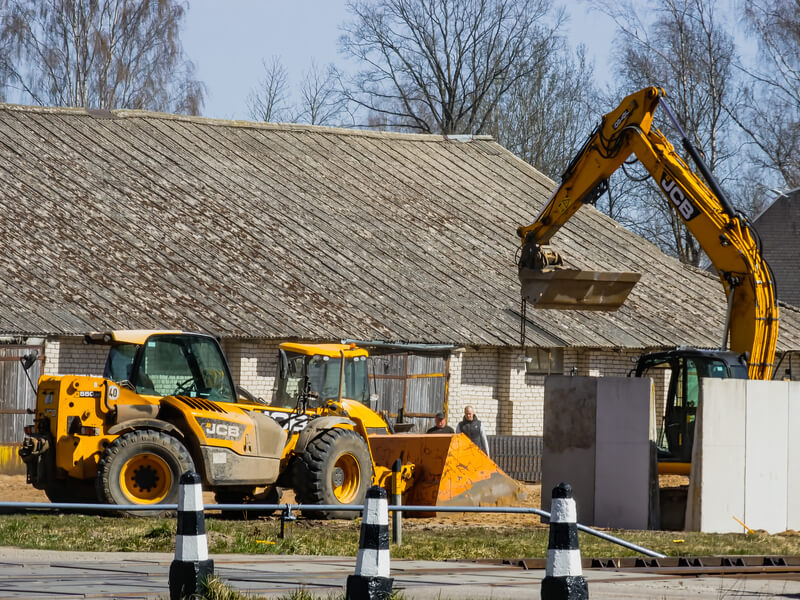
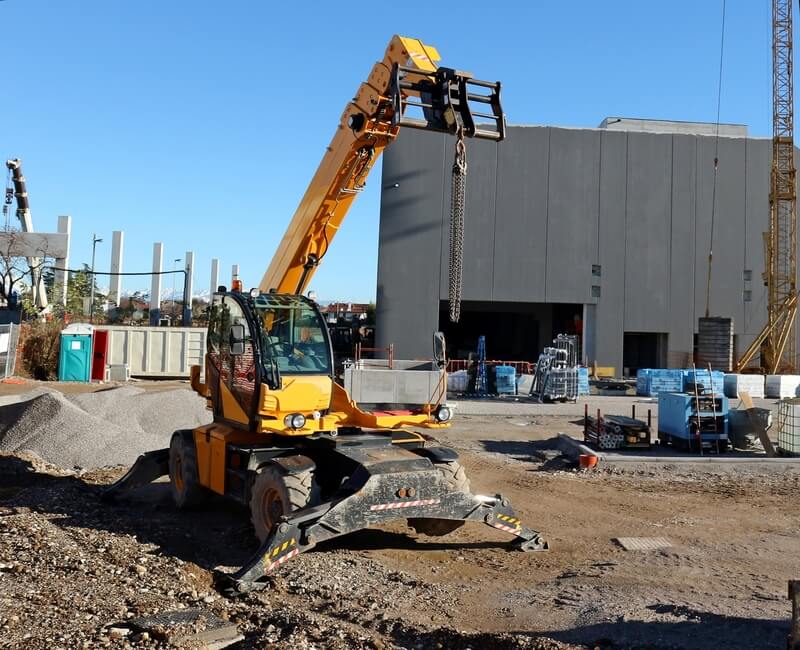
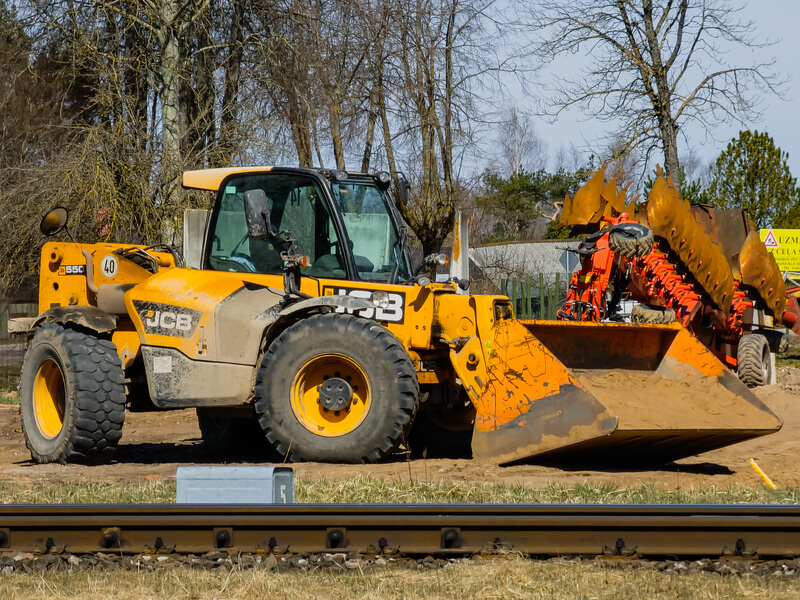
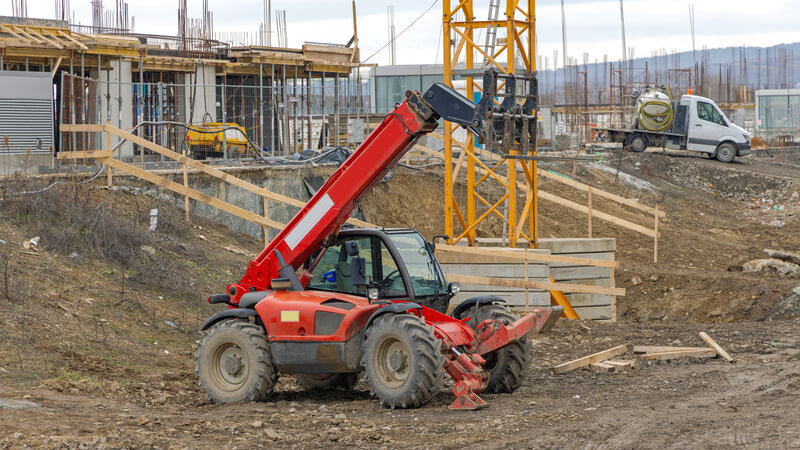
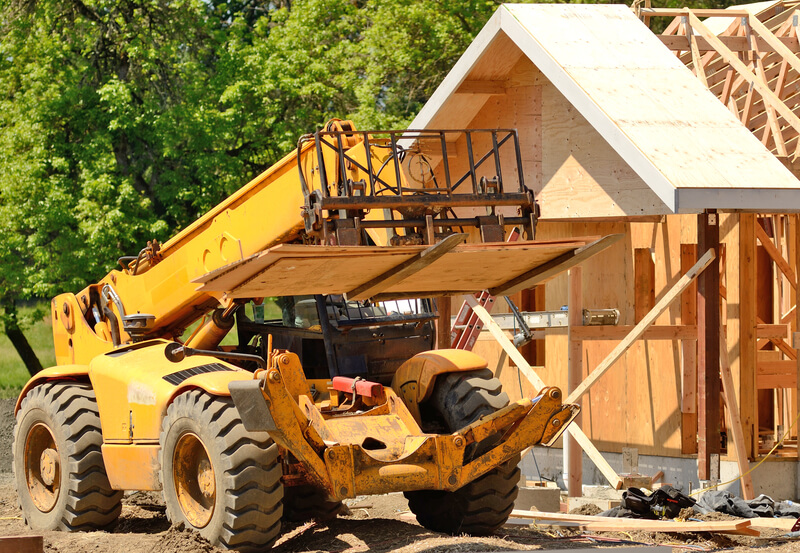
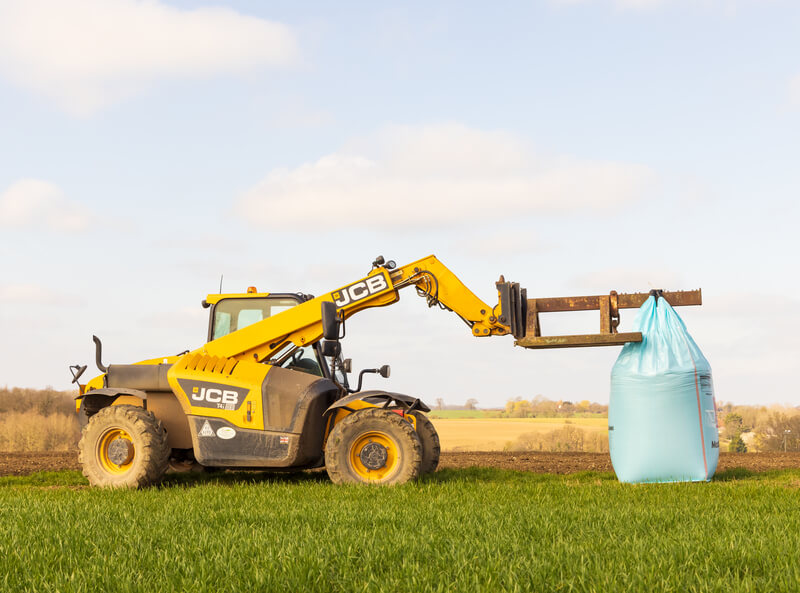
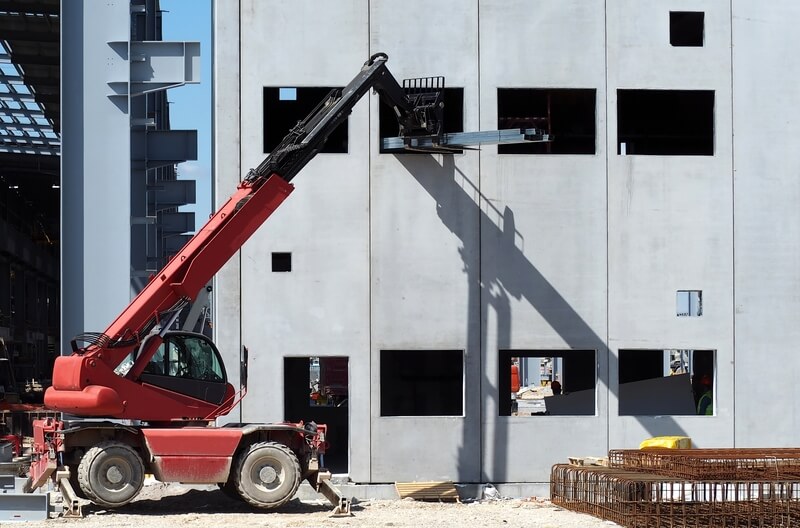
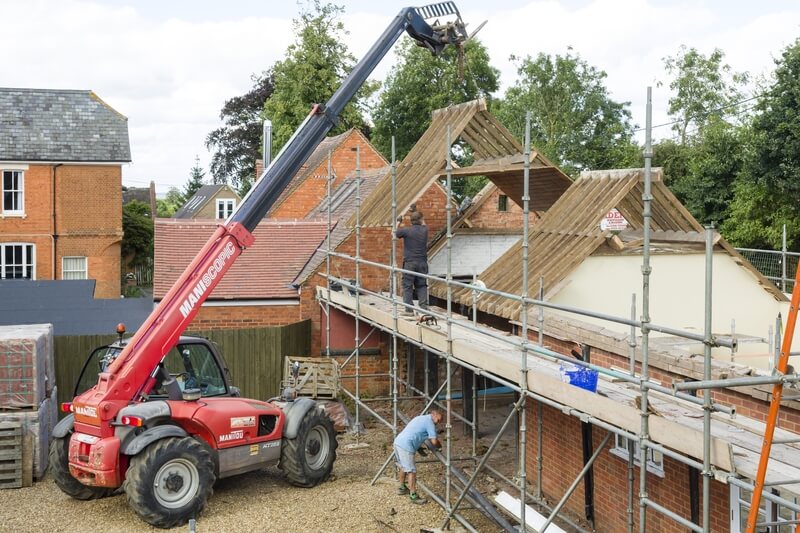
We Aim To Reply To All Enquiries With-in 24-Hours